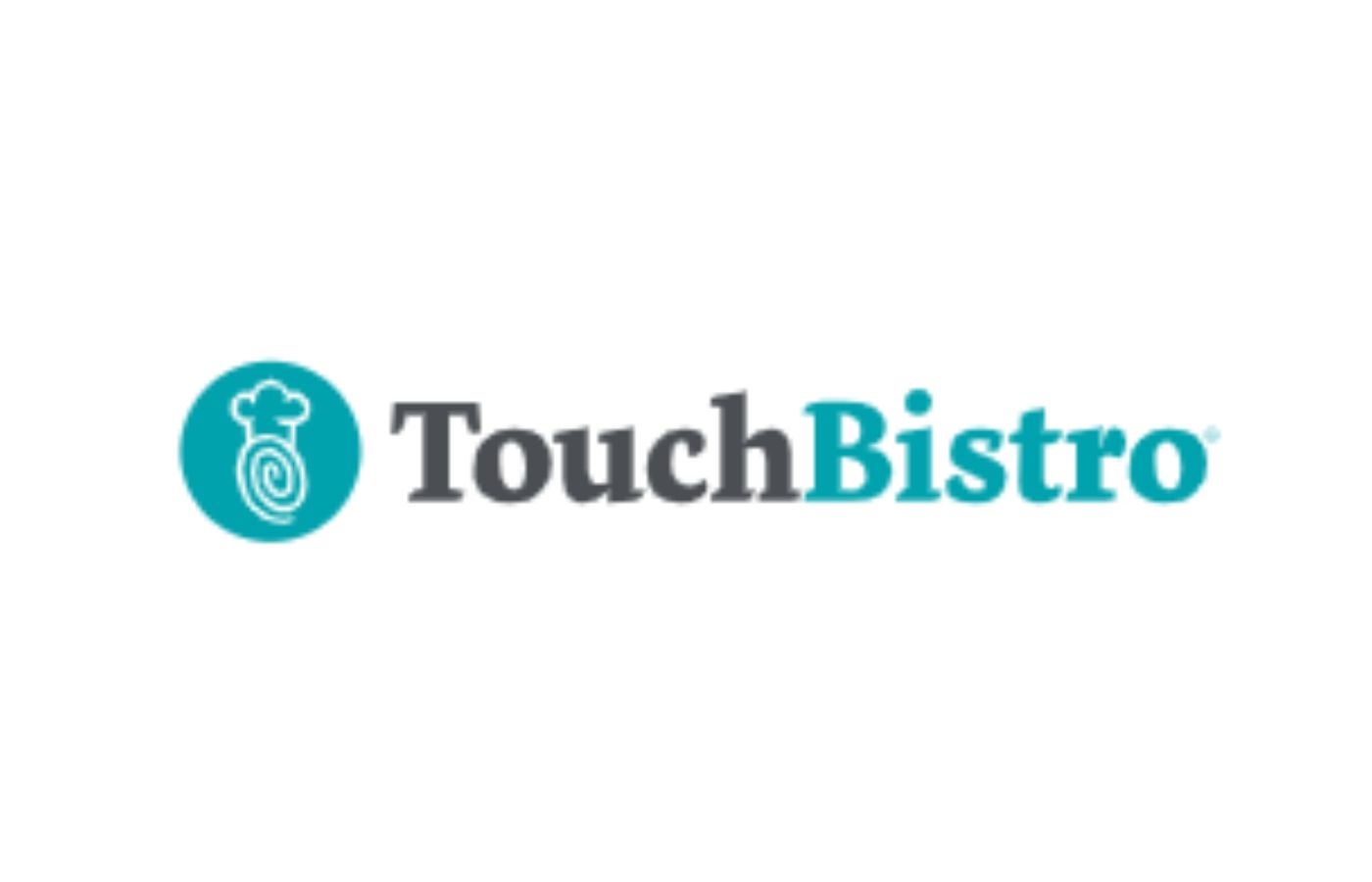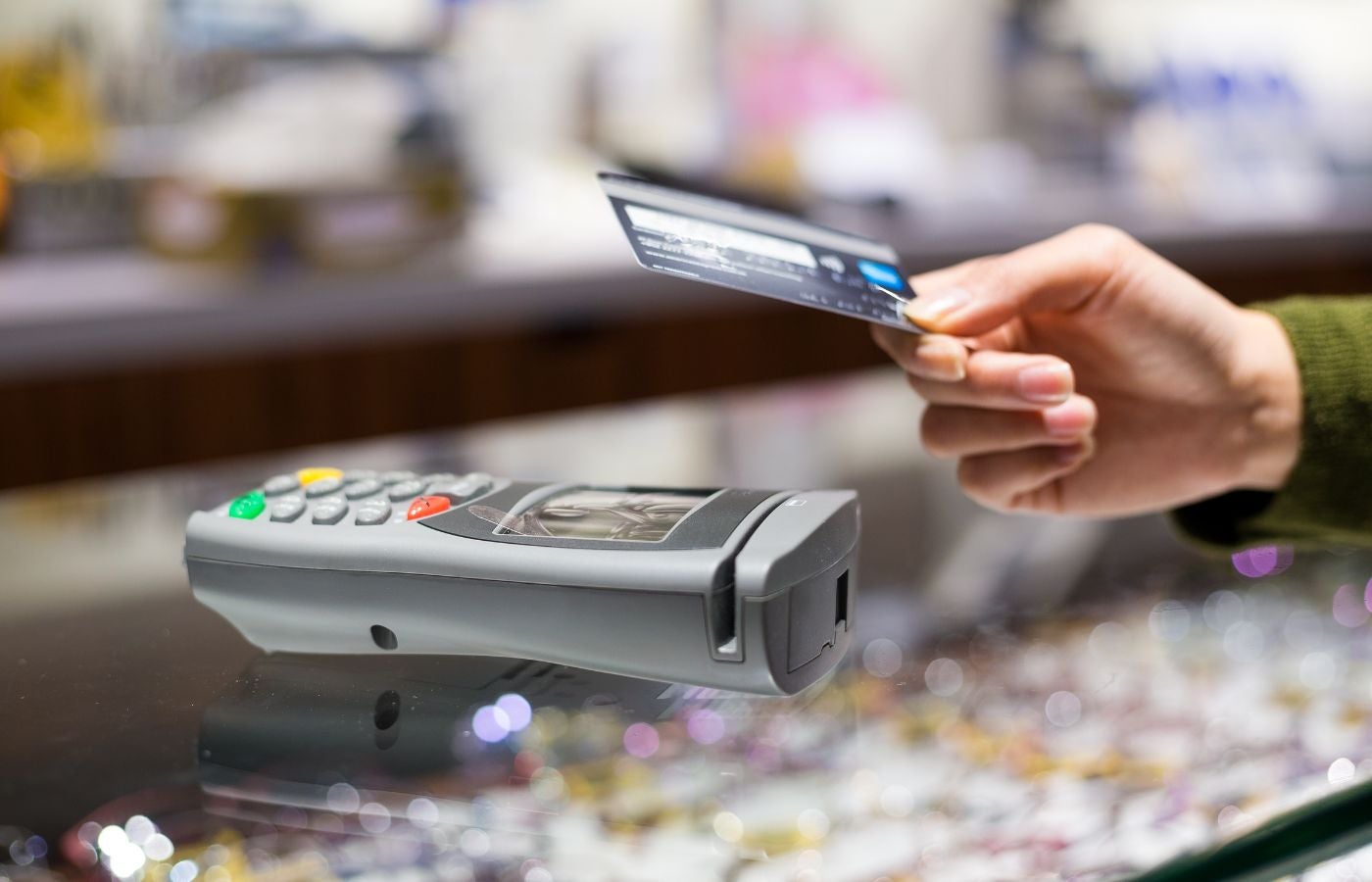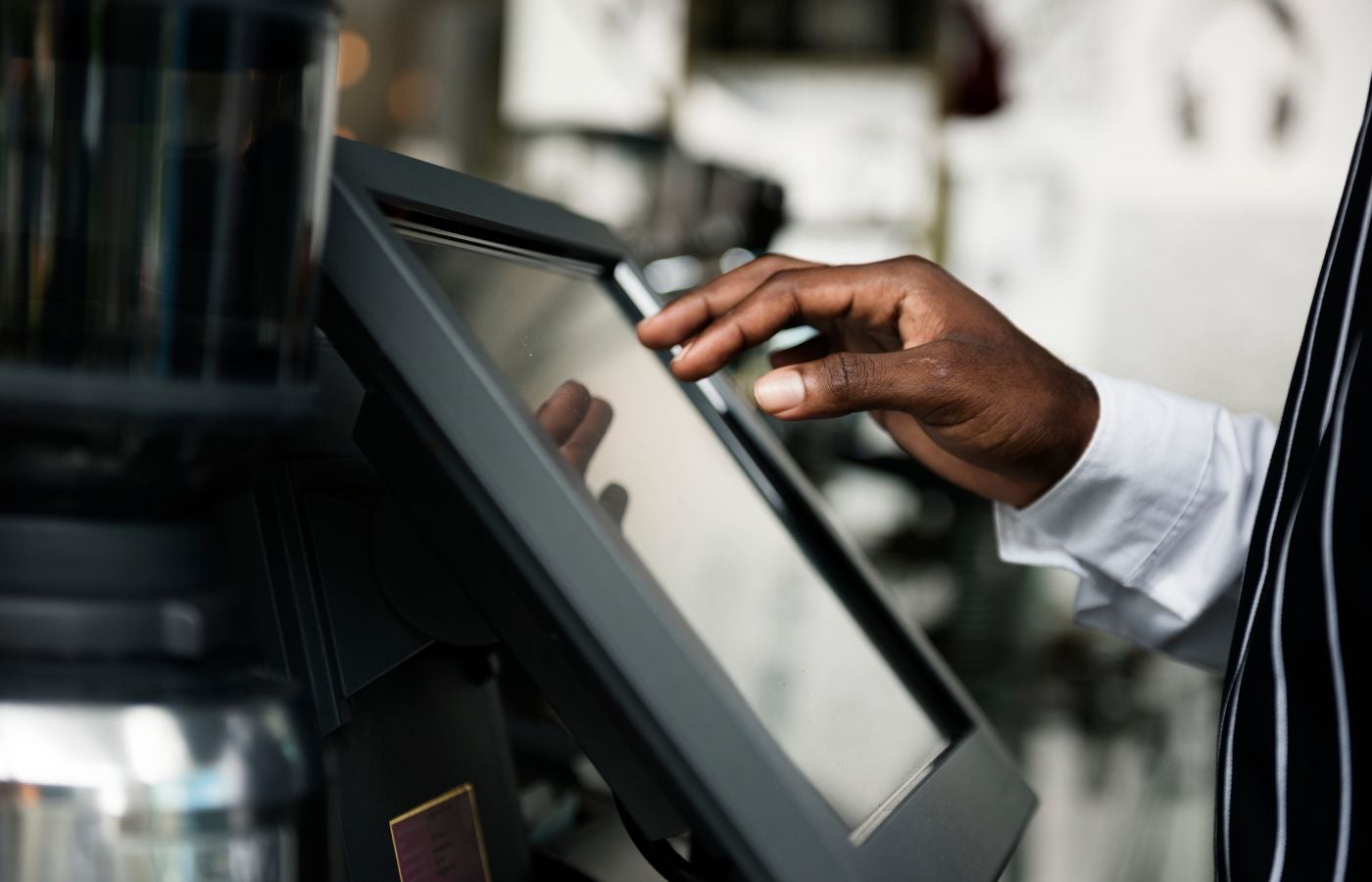The best credit card processing for restaurants will vary depending on your company’s size and business model. In general, the best payment processor for your restaurant is versatile, compatible with multiple popular POS systems, offers chargeback protection, and offers competitive rates. I evaluated 17 providers to give you six of the best restaurant credit card processing companies.
- CDGcommerce: Best overall and most versatile restaurant credit card processor
- Stripe: Best for online food ordering and delivery
- Payment Depot: Cheapest fees for small, established restaurants
- Stax: Best value-for-money for midsize and full-service restaurants
- Square Payments: Easiest setup for small and startup restaurants
- Helcim: Best for restaurants that invoice, like catering services and banquet halls
| Merchant account subscription | In-person transaction fee | Online transaction fee | Card reader cost | Chargeback fee | |
| $0–$199/mo | Interchange + 5 cents–2.9% + 30 cents* | Interchange + 5 cents–2.9% + 30 cents* | From $65 | $25** | |
| Visit CDGcommerce | |||||
| $99–$199/mo | 2.7% + 5 cents | 2.9% + 30 cents | From $59 | $15 | |
| Visit Stripe | |||||
| $0 | From 0.2%-1.95% plus interchange | From 0.2%-1.95% plus interchange | Use your own or from $59 | $25 | |
| Visit Payment Depot | |||||
| $99–$199/mo | Interchange plus 8 cents | Interchange plus 18 cents | Use your own or from $59 | $25 | |
| Visit Stax | |||||
| $0-$165/location/mo | 2.6% + 10 cents | 2.9% + 30 cents | From $0 | Waived up to $250/mo | |
| Visit Square | |||||
| $0/mo | From Interchange plus 0.15% + 6 cents | From Interchange plus 0.15% + 15 cents | From $109 | $15** | |
| Visit Helcim | |||||
| Mechant account approval | Funding speed | Setup assistance | Restaurant POS integration | |
| Required, 1–3 business days | Next-day | Hardware setup and reprogramming | Proprietary and third-party options | |
| Visit CDGcommerce | ||||
| Not required | Next-day, same-day w/fee | Remote | Third party or Program your own | |
| Visit Stripe | ||||
| Required | 2 business days | Hardware setup and reprogramming | Third party | |
| Visit Payment Depot | ||||
| Required | Same-day and next 0 day w/fee | Hardware setup and reprogramming | Third party | |
| Visit Stax | ||||
| Not required | Next-day, same-day w/fee | Available | Built-in | |
| Visit Square | ||||
| Required | Next-day | Remote | Proprietary and third-party options | |
| Visit Helcim | ||||
CDGcommerce: Best overall restaurant payment processors

Pros
Cons
Stripe: Best for online orders, delivery & ghost kitchens

Pros
Cons
Payment Depot: Best for small, established restaurants

Pros
Cons
Stax: Best value for money for midsize & full-service restaurants

Pros
Cons
Square Payments: Easiest setup for small & startup restaurants

Pros
Cons
Helcim: Best for restaurants that invoice (i.e., catering services)

Pros
Cons
How to choose the best credit card processor for restaurants
The best credit card processing for restaurants is versatile and flexible. It offers the payment methods most often seen in food services, with best-value-for-money pricing.
1. Make a list of restaurant credit card processors that work best with your business model
Not all restaurants are the same. Some restaurants may want to accept credit card payments in-store, while others want a way to accept credit card payments online. Food trucks, caterers, and pop-ups will likely prefer a mobile payment method.
Pro tip:
Several restaurant POS systems offer their own payment processing that works on their systems. I recommend Toast, Lightspeed, Square, and TouchBistro for restaurant payment processors with their own POS system.
2. Compare restaurant-specific payment tools available
Narrow down your list by evaluating the kind of payment tools you need for your restaurant. If you have a large sit-down-style restaurant, you may need a stand-alone terminal for tableside ordering and payment methods.
Caterers may be looking for an invoicing feature and the ability to accept partial payments. If possible, find providers that offer your preferred payment services without extra monthly fees or are not gated in higher subscription plans.
3. Compare the monthly and transaction fees
Focus on the best value for your money. The lowest-priced or free payment processor may not always be the best choice for your business. Although there are many providers out there that can offer zero monthly fees, larger restaurants may save more by signing up for a monthly subscription with wholesale interchange rates.
How I evaluated payment processors for restaurants
I compared 17 popular restaurant merchant account providers based on what’s important to independent restaurants, including cost, chargeback protection, and compatible POS systems. I also considered my personal evaluations of each software, alongside customer reviews from popular review sites.
CDGcommerce emerged as the best restaurant credit card processing company with an overall score of 4.43 out of 5. Based on my experience working in and with independent restaurant businesses that rely on payment processors, CDGcommerce is also one of the top tools that I personally recommend.
Pricing: 20% of overall score
With all the new payment technology available, like zero-cost and digital wallets, pricing is now focused more on the best value for money. I looked for processors that offer locked-in rates, transparent pricing, volume discounts, and no or low chargeback fees.
I also gave premium points for month-to-month contracts and contracts with no cancellation fees, since a restaurant’s needs can change over time. Square took the lead in this category with 4.75 out of 5.
POS & payment features: 30% of overall score
Most restaurants run their transactions through a POS system, so I looked for processors compatible with multiple systems. I also looked for online payment tools, tableside card readers, and the ability to process in-person payments in the field. CDGcommerce earned a perfect score for its breadth of payment methods and range of POS integrations.
Account features: 30% of overall score
In addition to general features like one-day deposits and chargeback monitoring, I also considered features important to restaurants, like after-hours customer support and customer data analysis. I was very discerning in this section. Stripe, with 4.25, was the top contender.
Expert analysis: 20% of overall score
This score combines my judgment of price, ease of use, and feature set with the reviews of real-world users. Square earned a perfect score. CDGCommerce and Helcim did well, scoring 4.38 out of 5. Payment Depot followed with 4.06, while Stripe and Stax trailed with a score of 3.75 out of 5.
Restaurant payment processors frequently asked questions (FAQs)
The last bite
The best credit card processing for restaurants are not always those that come built-in with POS systems. You may want a restaurant merchant account with better rates or need a payment processor that also works with online orders.
After evaluating over a dozen payment processors, CDGcommerce emerged as the top restaurant payment processing service for its flexible payment plans and wealth of compatible POS systems. It also provides the strongest chargeback protection tools of any system on this list — an absolute must for any restaurant that accepts online or mobile payments.



